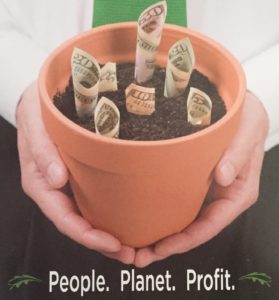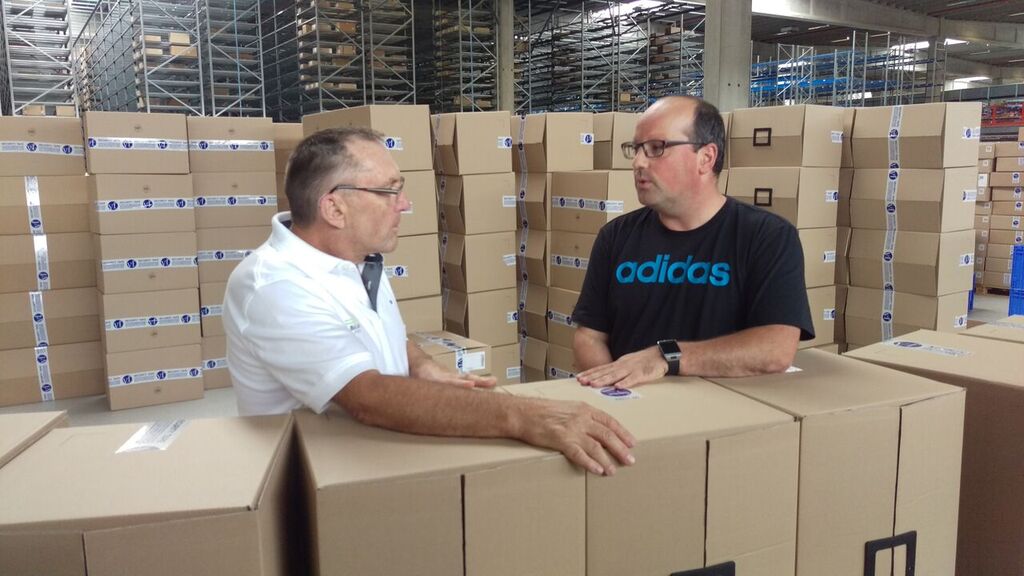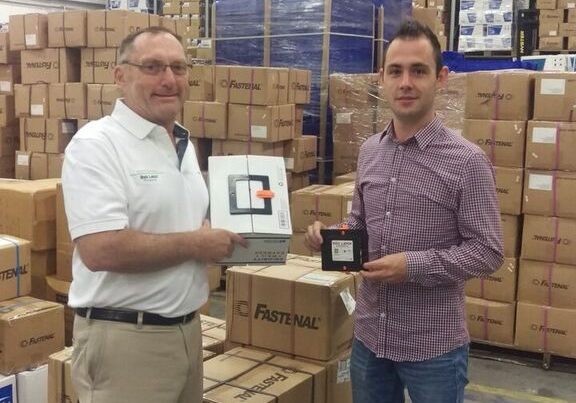Revolutionizing Worldwide Use & Re-Use of Boxes & Cartons
Triple bottom line (TBL) thinking encourages businesses to expand the pillars by which they measure their success. These include social and environmental indicators as well as economic viability. Every business decision should be reviewed through the lenses of its impact on the organization’s people, the planet and the business’s profitability. This paradigm shift invokes a new ethic beyond that of merely producing financial rewards for investors, employees and shareholders.



